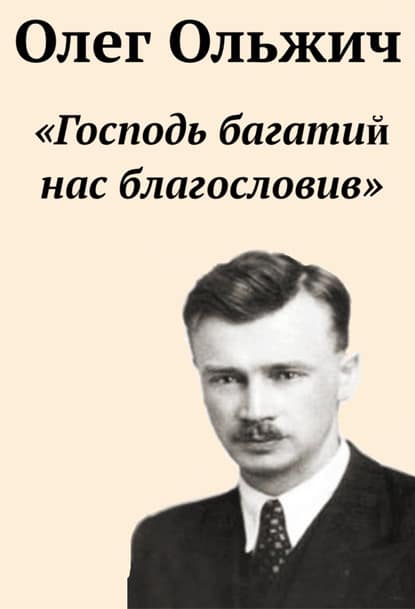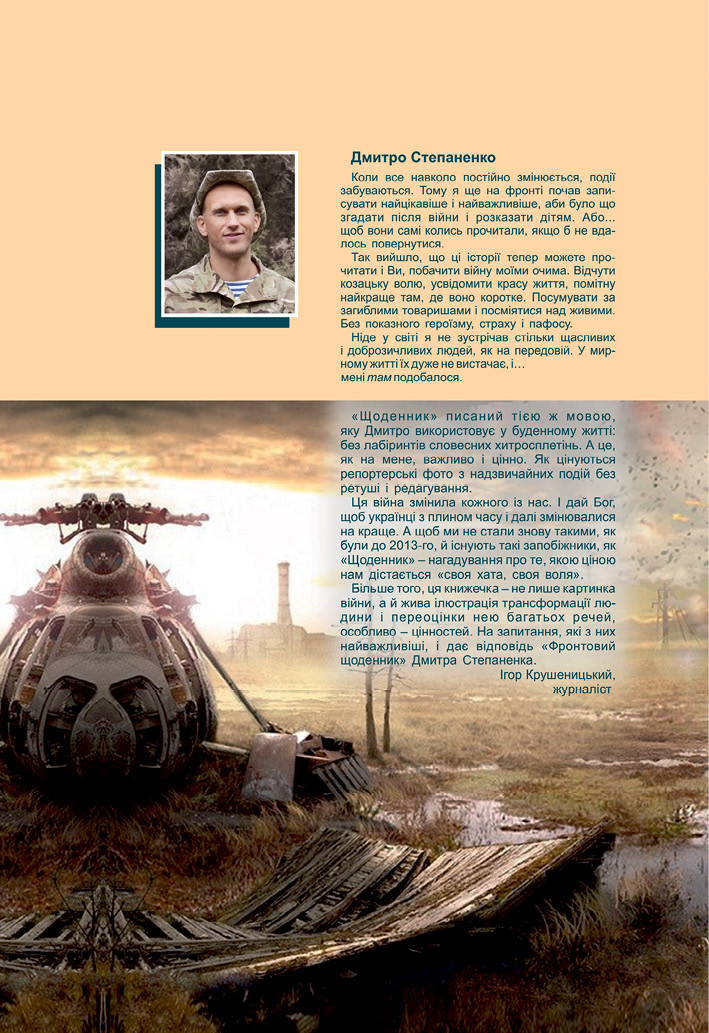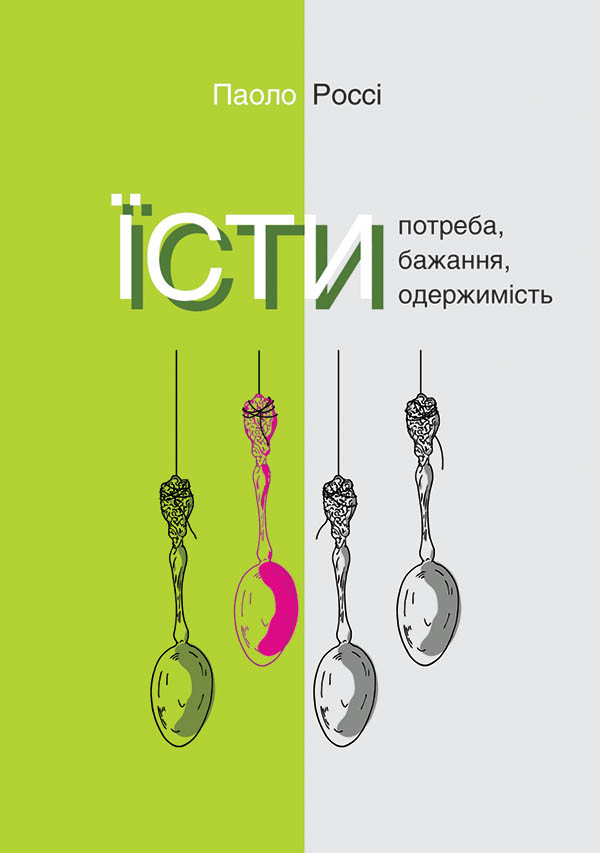Читати книгу - "ЕФЕКТ ЛЮЦИФЕРА. Чому хороші люди чинять зло"
Шрифт:
Інтервал:
Добавити в закладку:
206
Копії погоджень можна знайти за відповідними покликаннями на сторінці: www.prisonexp.org.
207
Див.: L. Ross, М. R. Lepper, М. Hubbard, «Perseverance in Self-Perception and Social Perception: Biased Attributional Processes in the Debriefing Paradigm», Journal of Personality and Social Psychology 32 (1975): 880-892.
208
L. Kohlberg, The Philosophy of Moral Development. New York: Harper & Row, 1981.
209
Див. дослідження Ніла Міллера як приклад того, як базові дослідження можуть дати прикладні дивіденти: N. Е. Miller, «The Value of Behavioral Research on Animals», American Psychologist 40 (1985): 423-440; N. E. Miller, «Introducing and Teaching Much-Needed Understanding of the Scientific Process», American Psychologist 47 (1992): 848-850.
210
P. G. Zimbardo, «Discontinuity Theory: Cognitive and Social Searches for Rationality and Normality—May Lead to Madness», y: Advances in Experimental Social Psychology, vol. 31, ed. M. Zanna. San Diego: Academic Press, 1999.—C. 345-486.
211
Деталі про фільм «Тиха лють»: Р. G. Zimbardo (автор і продюсер), К. Musen (співавтор та співпродюсер), Quiet Rage: The Stanford Prison Experiment (відео). Stanford, CA: Stanford Instructional Television Network, 1989.
212
Особисте спілкування, електронний лист від 5 червня 2005 року
213
С. Haney, «Psychology and Legal Change: The Impact of a Decade», Law and Human Behavior 17(1993): 371-398; C. Haney, «Infamous Punishment: The Psychological Effects of Isolation», National Prison Project Journal 8 (1993): 3-21; C. Haney, «The Social Context of Capital Murder: Social Histories and the Logic of Capital Mitigation», Santa Clara Law Review 35(1995): 547-609; C. Haney, Reforming Punishment: Psychological Limits to the Pain of Imprisonment (Washington, DC: American Psychological Association, 2006); C. Haney, P. G. Zimbardo, «The Past and Future of U.S. Prison Policy: Twenty-five Years After the Stanford Prison Experiment», American Psychologist 53 (1998): 709-727.
214
P. G. Zimbardo, C. Maslach, C. Haney, «Reflections on the Stanford Prison Experiment: Genesis, Transformations, Consequences», y: Obedience to Authority: Current Perspectives on the Milgram Paradigm, ed. T. Blass. Mahwah, NJ: Erlbaum, 1999. Цитати зі c. 221, 225.
215
Там само, c. 220.
216
C. Maslach, «Burned-out», Human Behavior, вересень 1976 p., c. 16-22; C. Maslach, Burnout: The Cost of Caring. Englewood Cliffs, NJ: Prentice-Hall, 1982; C. Maslach, S. E. Jackson, M. P. Leiter, The Maslach Burnout Inventory, (3rd ed.). Palo Alto, CA: Consulting Psychologists Press, 1996; C. Maslach, M. P. Leiter, The Truth About Burnout. San Francisco: Jossey-Bass, 1997.
217
C. Maslach, J. Stapp, R. T. Santee, «Individuation: Conceptual Analysis and Assessment», Journal of Personality and Social Psychology 49 (1985): 729-738.
218
Курт Бенкс побудував видатну академічну кар’єру, отримавши ступінь доктора філософії в Стенфорді всього за три роки. Він став першим афроамериканцем на посаді штатного професора психології в Принстонському університеті. Потім він переїхав викладати в Університет Говарда, а також виконував цінні послуги для Educational Testing Service та став головним редактором Journal of Black Psychology. На жаль, він передчасно помер від раку в 1998 році.
Дейвид Джаффе аналогічним чином перейшов від СВЕ до видатної кар’єри в медицині; в наші дні він є директором департаменту з надзвичайної медицини в дитячій лікарні Сент-Луїса та професором педіатрії в Університеті Вашингтона (Сент-Луїс, штат Міссурі).
219
Р. G. Zimbardo, «The Stanford Shyness Project», у: Shyness: Perspectives on Research and Treatment, ed. W. H. Jones, J. M. Cheek, S. R. Briggs. New York: Plenum Press, 1986, c. 17-25; P. G. Zimbardo, Shyness: What It Is, What to Do About It. Reading, MA: Addison-Wesley, 1977; P. G. Zimbardo, S. Radi, The Shy Child. New York: McGraw-Hill, 1986; P. G. Zimbardo, P. Pilkonis, R. Norwood, «The Silent Prison of Shyness», Psychology Today, травень 1975 p, c. 69-70, 72; L. Henderson, P. G. Zimbardo, «Shyness as a Clinical Condition: The Stanford Model», y: International Handbook of Social Anxiety, L. Alden, R. Crozier (eds.). Sussex, UK: John Wiley & Sons.—C. 431-447.
220
San Francisco Chronicle за 14 лютого 1974 року.
221
A. Gonzalez, Р. G. Zimbardo, «Time in Perspective: The Time Sense We Learn Early Affects How We Do Our Jobs and Enjoy Our Pleasures» Psychology Today, March 1985, pp. 21-26; P. G. Zimbardo,]. N. Boyd, «Putting Time in Perspective: A Valid, Reliable Individual-Differences Metric», Journal of Personality and Social Psychology 77 (1999): 1271-1288.
222
G. Jackson, Soledad Brother: The Prison Letters of George Jackson. New York: Bantam Books, 1970.—C. 111.
223
P. G. Zimbardo, S. Andersen, L. G. Rabat, «Induced Hearing Deficit Generates Experimental Paranoia», Science 212 (1981) .1529-1531; P.G. Zimbardo, S. LaBerge L. Butler, «Physiological Consequences of Unexplained Arousal: A Posthypnotic Suggestion Paradigm», Journal of Abnormal Psychology 102 (1993): 466-473.
224
P. G. Zimbardo, «А Passion for Psychology: Teaching It Charismatically. Integrating Teaching and Research Synergistically, and Writing About It Engagingly», y: Teaching Introductory Psychology: Survival Tips from the Experts, ed. R. J. Sternberg. Washington, DC: American Psychological Association, 1997.—C. 7-34.
225
P. G. Zimbardo, «The Power and Pathology of Imprisonment», Congressional Record, serial no. 15. October 25,1971, Hearings Before Subcommittee No. 3 of the Committee on the Judiciary, House of Representatives, Ninety-Second Congress, First Session on Corrections, Part n, Prisons, Prison Reform and Prisoner's Rights: California (Washington, DC: U.S. Government Printing Office, 1971).
226
P. G. Zimbardo, «The Detention and Jailing of Juveniles» (Hearings
!Увага!
Сайт зберігає кукі вашого браузера. Ви зможете в будь-який момент зробити закладку та продовжити читання книги «ЕФЕКТ ЛЮЦИФЕРА. Чому хороші люди чинять зло», після закриття браузера.
























